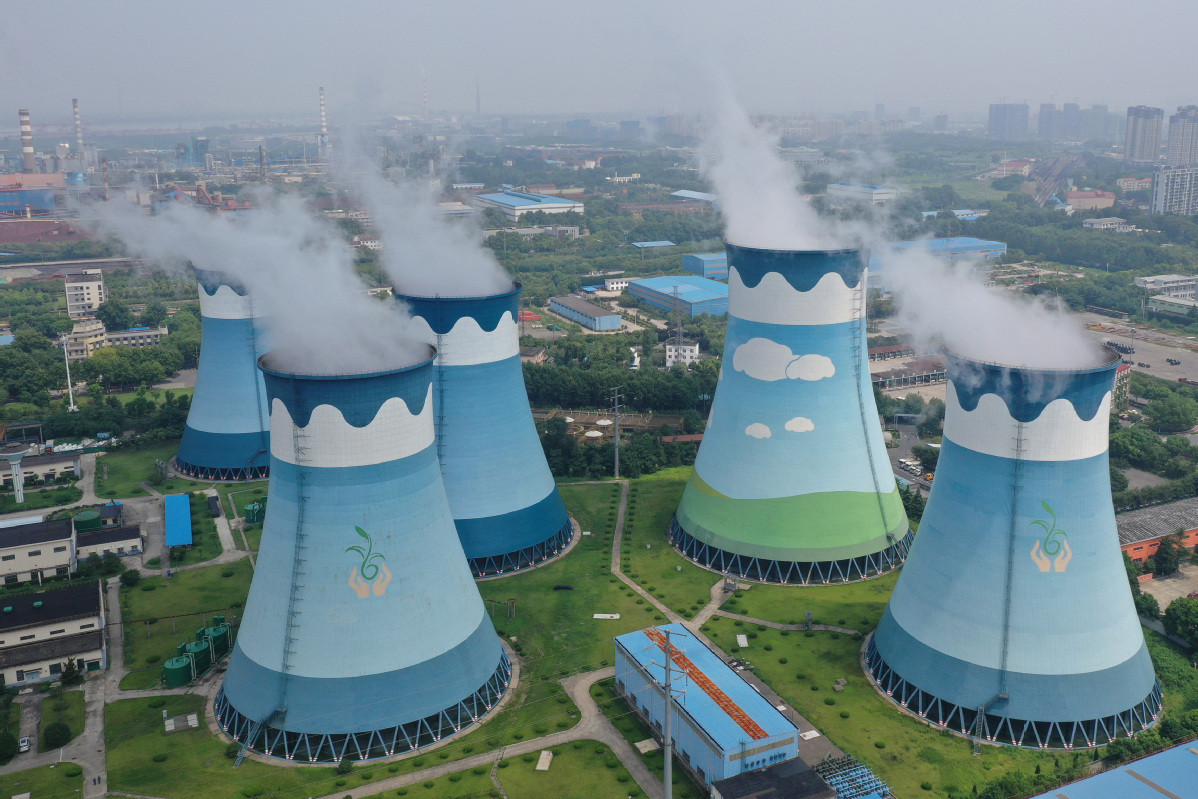Adjustment of energy structure requires planning
China Daily | Updated: 2021-09-30 07:18

Since July, power generation companies in the country have been reluctant to buy and store coal due to the dramatic rise in the price of coal as a result of a supply shortage.
This has prompted calls for coal mines to be given a green light to increase their output. Following the government's instructions to weed out backward capacity, about 1 billion tons of coal production capacity has been shut down nationwide since 2015.
The government has also been urged to release the control on the price of electricity so the power generation companies can maintain their profit margin.
The policy adjustment has apparently lagged behind the changes in the actual situation, and the supply of coal is unlikely to increase significantly in the short term.
But before raising the electricity price, its influences on economy and people's livelihoods have to be weighed.
The tense supply-demand relations in the electricity market mean that the government must give full consideration to all factors that might affect the demand for electricity, while adhering to the bottom line of safeguarding people's wellbeing and livelihoods.
Until the clean power generation capacity in the country can meet the demand, and more important becomes stable and reliable, coal will continue to be the main choice to ensure energy security in the country.
No matter how acute the emissions reduction pressure is, coal and coal-fired electricity are still necessary.
If the policymakers only think about cutting emissions without considering the practical situation of the country, the rationing of electricity supply nationwide will have to become more frequent.
That will directly affect industrial production, push commodity prices higher and impact the job market and people's livelihoods. If so, the emissions reduction efforts would have to be sacrificed in the foreseeable future.
The power shortage indicates that to cut emissions while industrialization is still underway is a tough test for the governments of various levels. They have to balance the immediate needs and long-term interests, give full consideration to the practical needs of different regions, and demonstrate more foresight and flexibility. There should be close coordination among governments of various levels and different regions.
The policymakers should heed lessons of the power shortage that could have been avoidable that there does not exist a one-size-fits-all approach to tackle such a common challenge as emissions reduction.
























